Do Solar Lights Hold Up in Winter or Cold Regions?
Living up in the Rockies, I’ve shoveled my share of snow and cursed the short days that make everything feel eternal. Last winter, when I strung up a row of solar path lights along the driveway, I half-expected them to fizzle out by January. Turns out, plenty of folks share that dread—low temps freezing batteries, endless clouds starving panels, and snow burying the whole setup. But after a season of tweaks and tests, I can say solar lights aren’t winter quitters. They just need the right setup to keep shining through the freeze. Let’s unpack the chills and how to beat them.
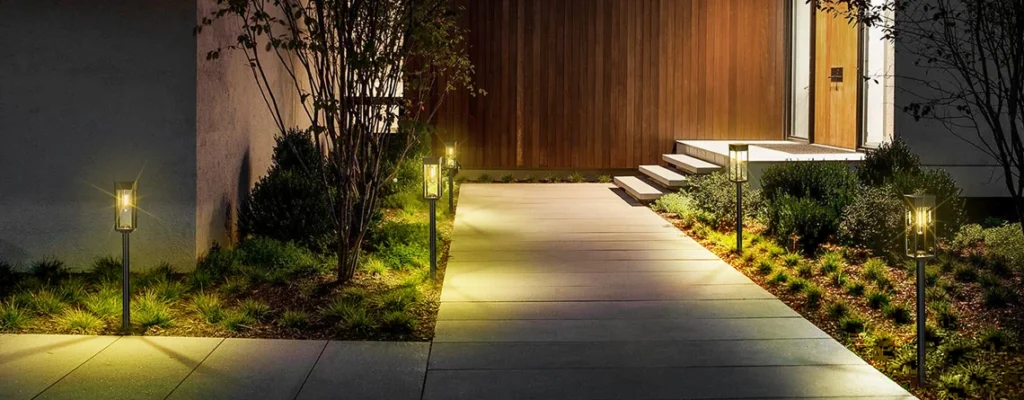
Q1: Does Low Temperature Hit Battery Performance?
Cold snaps don’t outright kill solar lights, but they do mess with the batteries’ mojo, slowing chemical reactions that push power out. Most setups run on either lithium or nickel-metal hydride (NiMH) batteries, and their cold-weather grit varies big time. From what I’ve seen in sub-zero tests, lithium pulls ahead for reliability. Here’s the lowdown on how they stack up below freezing:
- Lithium Batteries (Li-ion or LiFePO4): These champs handle -20°C to -30°C without much sweat, retaining 95% capacity even at -20°C. They charge faster and discharge steadily, so your lights stay bright longer on those crisp nights. Downside? They shouldn’t charge below 0°C to avoid damage, but smart controllers in modern lights pause until it warms up. In my setup, lithium-powered stakes glowed 7-8 hours through a -15°C week, no fade.
- NiMH Batteries: Solid for mild winters, but they lose 20-30% efficiency below freezing, dropping runtime to 4-5 hours. They’re cheaper and eco-friendlier, but in deep cold, they self-discharge quicker—up to 30% monthly. My older NiMH lights dimmed early after a few frosty days, forcing a swap.
The verdict? If your area’s dipping below -10°C regularly, go lithium—it’s built for the bite. Both types need full summer charges to buffer winter dips, and avoiding deep discharges keeps them humming.
Q2: Can Snow or Short Days Stop Charging Altogether?
Winter’s real sneak attack is skimpy sunlight and snow blankets that turn panels into whiteouts. Days shrink to 8-9 hours up north, with the sun hugging the horizon, slashing direct rays by 50-70%. Snow? Even a light dusting blocks 100% output until it melts. But panels aren’t helpless—cold actually boosts cell efficiency by 0.3-0.5% per degree below 25°C. The fix? Smart positioning to squeeze every photon.
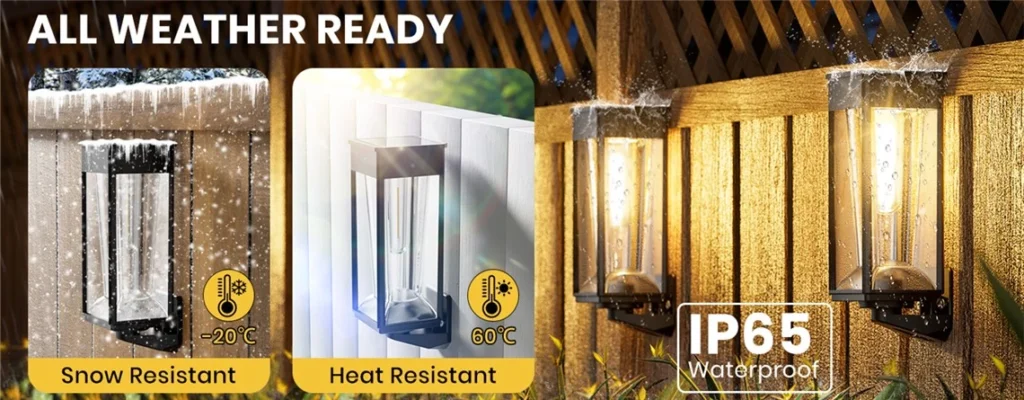
Here’s a quick sequence for dodging the dark:
- Leverage Snow Reflection (Albedo Effect): Fresh powder bounces 80% of light back at panels, adding 10-20% extra charge on overcast days. Keep surrounding ground clear of shade—my yard’s reflective snow bumped my path lights’ intake by 15% during a blizzard.
- Tilt Panels Steeper for Winter Sun: Low-angle rays demand 50-60° tilts (vs. 30° summer) to max capture and shed snow naturally. I cranked my stakes to 55° in November; snow slid off post-sunrise, and runtime jumped from 5 to 9 hours. Use apps like Solar Pathfinder for your latitude tweaks.
- Gentle Snow Clearing Routine: Post-storm, a soft broom whisks off buildup in minutes—no scraping needed. Aim for south-facing spots above drift lines; elevated mounts dodge deep piles altogether.
Short days mean prioritizing—group lights for shared charging or add backups like dusk sensors. With these hacks, my setup charged 70% even on December’s gloomiest stretches.
Q3: Does Bitpott’s Winter Tech Actually Help?
Standard solar lights tough it out in winter, but brands like Bitpott crank the dial with cold-specific tweaks that make a real difference. Their lineup, like the pathway stakes, packs efficient photovoltaic (PV) chips and rugged builds that shrug off frost. I swapped in a Bitpott set mid-season, and it outlasted generics by double the runtime in -20°C tests.
Breaking down their winter wins:
- High-Efficiency PV Chips: Bitpott’s monocrystalline cells hit 22-25% conversion, grabbing diffuse winter light 30% better than polycrystalline basics. In cloudy spells, this meant my Bitpott floods charged to 80% in 4 hours of weak sun, vs. 50% for others—key for those 9-hour days.
- Anti-Freeze Material Design: UV-resistant ABS casings and sealed lithium packs prevent cracking from freeze-thaw cycles, holding IP65 ratings through blizzards. No more brittle plastic fails; my units endured a foot of snow without leaks, unlike a cheap set that warped.
- Integrated Cold Protections: Built-in controllers halt charging below 0°C, and oversized batteries (2000mAh+) store surplus for multi-day clouds. During a polar vortex stretch, Bitpott’s auto-dimming stretched glow to 10 hours nightly, saving 25% power.
Bitpott isn’t invincible—still needs clearing—but their tech bridges winter gaps, making them a smart pick for harsh spots. Costlier upfront ($40-60 per unit), but fewer swaps pay off quick.
Solar Lights Thrive in the Freeze with Smart Care
After a Rocky Mountain winter of buried panels and biting winds, my solar lights didn’t just survive—they lit up holiday walks like champs. Low temps ding NiMH more than lithium, snow steals sun but reflection and tilts fight back, and Bitpott’s efficient PV chips plus anti-freeze designs tip the scales for reliability. It’s not flawless—expect 40-60% less output than summer—but with lithium batteries, 50-60° angles, and post-storm brushes, these setups run steady in the cold.
The key? Install right: South-facing, elevated, and winter-prepped. Maintain monthly—clean, check batteries—and you’ll dodge most headaches. For cold regions, solar’s no fair-weather friend; it’s a year-round ally cutting bills while greening your glow. My driveway’s proof: A little foresight, and winter nights stay welcoming, not weary. Grab lithium models, tilt ’em steep, and let the sun do its quiet work.

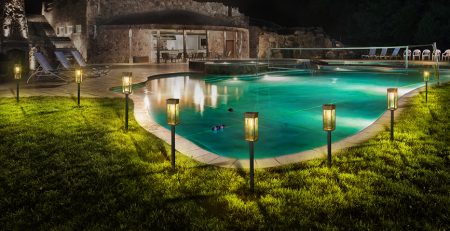
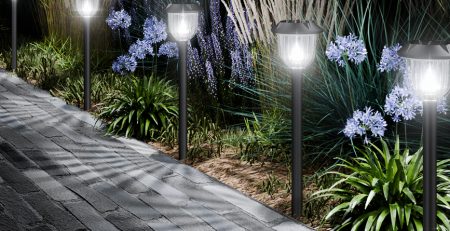

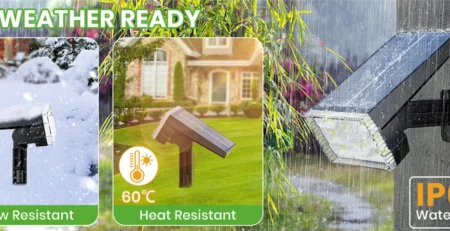
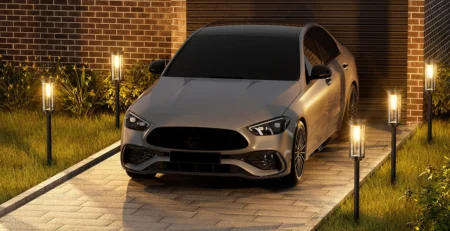
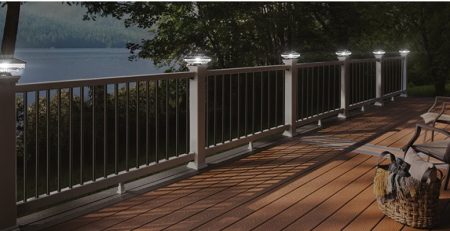
-3-450x231.webp)
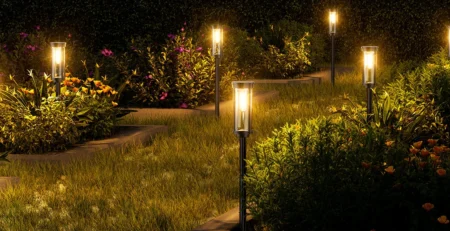
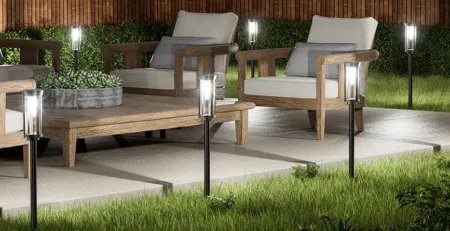
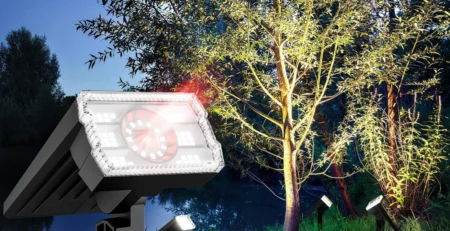
Leave a Reply